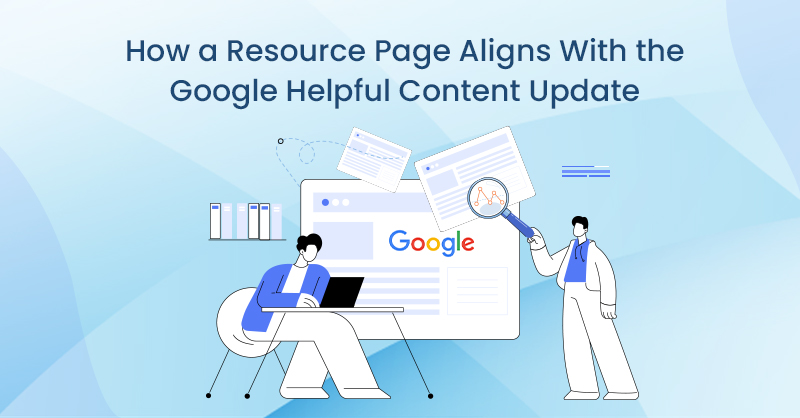Like a series of art, a thematic blog series can help to effectively engage or entertain an audience, deconstruct complex topics and grow your recognition.
The type and length of your blog series depends entirely on your brand and your content marketing goals – planning, structure and execution are what make it successful.
Planning
The first step is to choose a topic that aligns with the theme of your website or is related to your brand. If you’re a gardening website or business, you could do an indefinite, weekly series on DIY garden supplies.
Tony Haile, CEO of Chartbeat, a web analytics company, reported in 2014 that 55% of people spend less than 15 seconds on a web page. If you’re writing posts upwards of 1,000 words, many users won't make it past the first couple paragraphs. Breaking up a large post into smaller chunks will keep your reader’s attention. For example, if you’re a political website, you could write an in-depth, month-long weekly series deconstructing a recent bill or movement, as opposed to cramming all the information in a single post.
Once you’ve decided on your topic and run-time, you’ll want to plan out possible post topics and their publish dates and, if you’re series is limited, plan out the number of posts. Organize this information in a spreadsheet and make note of the key points you want to address. You might also want to consider any additional voices you can add to your blog posts – incorporating interviews and guest writers can help you to access their audience.
Structure
Each post should follow more-or-less the same structure. The format you choose is entirely up to you, although there are some tips to keep in mind:
- Recap on the previous post: Begin by briefly discussing how you concluded your last post, especially if the topic is more complex. Alternatively, if your post is a lighter, indefinitely recurring series, touch quickly on feedback you received from last week’s article, and possibly incorporate it into this week’s topic. For example, if your last post was on DIY garden pots, and this week you’ll be writing on DIY plant watering bulbs, you can connect the two posts by writing that the bulbs will add another element to the DIY garden pot your readers made last week.
- Make the ending clear and concise – and hint towards the next post: Your ending should leave the reader excited for next week, but should not be so vague that you leave the reader confused. Each post should have a clear beginning and ending, ensuring the reader understands the content and knows when you’ll be posting the next blog in the series. This means creating an editorial plan and calendar, and sticking to it. The more dependable and on-schedule you are, the more likely it is your readers will return for more.
- Use hyperlinks to refer readers to previous content in the series: Linking back to previous content will increase traffic to other blogs in the series. This is especially useful if a reader found just one post in particular, whether directly on your website, through a search query or another avenue, and decides to read through the series.
- Use infographics, photos and other forms of multimedia to break up the text: Reading long chunks of text can cause a reader to get distracted, possibly leaving your blog without finishing the post. Using infographics, photos, videos or any other form of multimedia, or even sub-headers, will make your piece multi-dimensional and keep the reader’s attention.
- Be consistent: Your readers will appreciate consistency as this will allow them to connect each post, despite time having passed
The last tip is important. Your readers will appreciate consistency as this will allow them to connect each post, despite time having passed.
Execution
Post your blogs on a schedule, and at times where you know you’ll have peak interest from your audience. You can find out this information by performing analytics on your site traffic. As well, posting blogs earlier in the week as opposed to later will draw in more interest.
Writing a thematic blog series takes work, but the payoff in terms of readership is worth it. Using the proper planning, structure and execution will help you to access a new audience and engage current readers.






